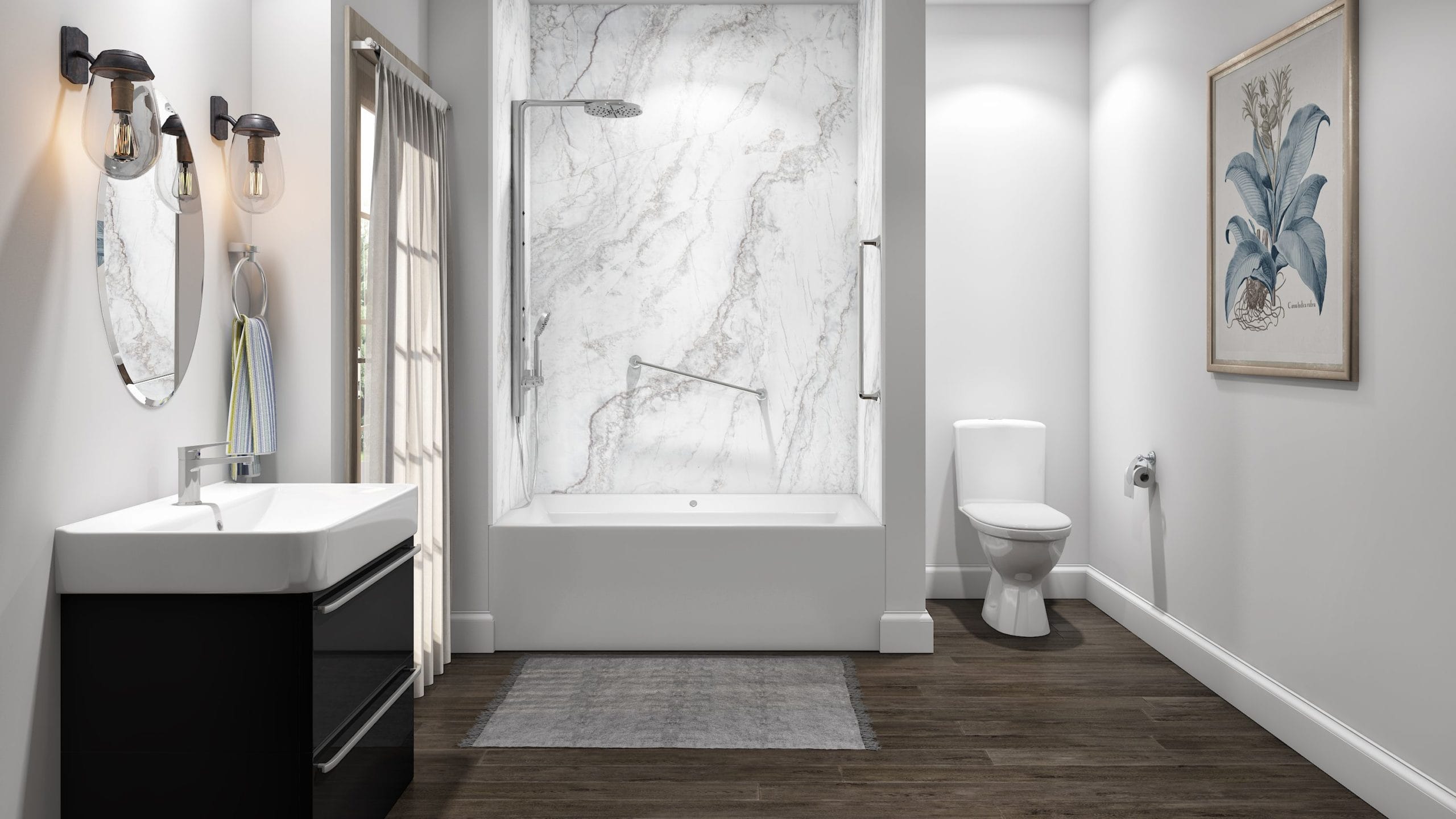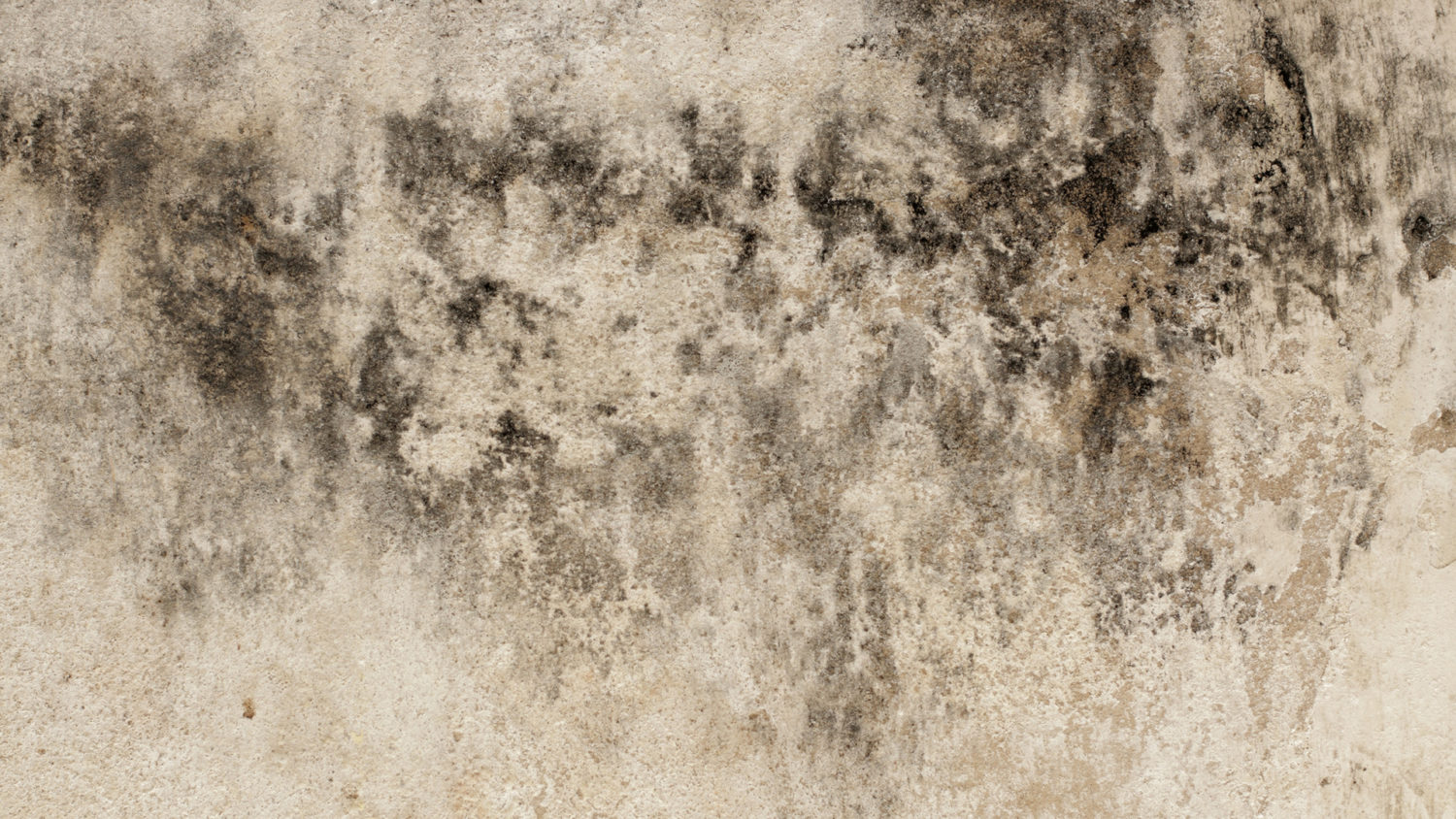Understanding Anti-Mold Bathroom Paint

Anti-mold bathroom paint is a specialized type of paint designed to prevent the growth of mold and mildew in humid environments like bathrooms. Unlike regular paint, which provides only a decorative finish, anti-mold paint incorporates specific ingredients that inhibit the growth of these microorganisms.
Chemical Composition and Mechanism of Action
Anti-mold bathroom paint typically contains biocides, which are chemical agents that kill or inhibit the growth of microorganisms. These biocides are usually incorporated into the paint’s resin or binder, which forms the film that adheres to the surface.
The biocides in anti-mold paint work by disrupting the metabolic processes of mold and mildew, preventing them from reproducing and spreading.
Some common biocides used in anti-mold paint include:
* Triclosan: A broad-spectrum antimicrobial agent that disrupts the cell membranes of microorganisms.
* Zinc pyrithione: A fungicide that inhibits the growth of fungi, including mold and mildew.
* Silver ions: These ions have antimicrobial properties and can effectively inhibit the growth of bacteria and fungi.
Benefits of Using Anti-Mold Paint in Bathrooms
Using anti-mold paint in bathrooms offers several advantages:
* Prevents Mold and Mildew Growth: The biocides in anti-mold paint create a hostile environment for mold and mildew, preventing them from taking hold.
* Reduces Allergens: Mold and mildew can release spores that trigger allergies and respiratory problems. Using anti-mold paint can help reduce the presence of these allergens.
* Protects Surfaces: Anti-mold paint forms a protective barrier that helps prevent moisture from penetrating the surface and creating favorable conditions for mold growth.
* Increases Durability: Anti-mold paint is often formulated to be more durable than regular paint, resisting moisture and abrasion.
* Aesthetics: Anti-mold paint is available in a wide range of colors and finishes, allowing you to create a stylish and functional bathroom.
Choosing the Right Anti-Mold Bathroom Paint
Choosing the right anti-mold bathroom paint is crucial for maintaining a healthy and hygienic environment. Several factors need to be considered to ensure you select the most effective and suitable paint for your specific needs.
Types of Anti-Mold Paint
Anti-mold paint is available in various formulations, each with its unique characteristics and advantages. The most common types include:
- Acrylic Latex Paint: This is a popular choice due to its durability, ease of application, and low VOC content. Acrylic latex paint forms a breathable barrier that prevents mold growth while allowing moisture to escape. It is typically water-based, making cleanup easy.
- Epoxy Paint: Epoxy paint offers exceptional durability and resistance to moisture, making it ideal for high-traffic areas like showers and tubs. It forms a hard, non-porous surface that is difficult for mold to penetrate. However, epoxy paint is typically more expensive and requires careful application.
- Oil-Based Paint: Oil-based paints have been traditionally used for their mildew resistance, but they are becoming less popular due to their high VOC content and long drying time. Oil-based paints are also more difficult to clean up.
- Specialty Anti-Mold Paints: Some manufacturers offer specialized anti-mold paints formulated with specific biocides or fungicides to inhibit mold growth. These paints are typically more expensive but can be effective in high-moisture environments.
Factors to Consider When Choosing Anti-Mold Paint, Anti mold bathroom paint
Several factors should be considered when selecting the best anti-mold paint for your bathroom:
- Moisture Levels: Consider the level of moisture in your bathroom. If you have a high-moisture environment, such as a shower or tub area, you may need a more durable and moisture-resistant paint, like epoxy paint.
- Surface Type: Different paint types adhere better to certain surfaces. For example, acrylic latex paint is suitable for most bathroom surfaces, while epoxy paint is better suited for concrete or tile.
- Color and Finish: Anti-mold paint is available in a variety of colors and finishes. Choose a color that complements your bathroom décor and a finish that meets your needs. For example, a semi-gloss finish is often preferred in bathrooms as it is easier to clean.
- VOC Content: VOCs (volatile organic compounds) are chemicals released from paint that can contribute to indoor air pollution. Choose low-VOC paints whenever possible, especially if you have children or pets.
- Cost: Anti-mold paints can vary in price depending on the type, brand, and features. Compare prices from different manufacturers to find the best value for your needs.
Key Features, Pros, and Cons of Various Anti-Mold Paint Brands
| Brand | Key Features | Pros | Cons |
|---|---|---|---|
| Brand Name 1 | List of features | List of advantages | List of disadvantages |
| Brand Name 2 | List of features | List of advantages | List of disadvantages |
| Brand Name 3 | List of features | List of advantages | List of disadvantages |
Applying Anti-Mold Bathroom Paint Effectively: Anti Mold Bathroom Paint

Applying anti-mold bathroom paint correctly is crucial to ensure its effectiveness and longevity. Proper preparation and application techniques play a vital role in creating a long-lasting, mold-resistant surface. This section will guide you through the essential steps involved in applying anti-mold paint effectively.
Preparing the Bathroom Surface
Preparing the bathroom surface is a crucial step before applying anti-mold paint. It involves removing existing mold, cleaning the surface thoroughly, and ensuring proper drying time.
- Remove Existing Mold: Before applying anti-mold paint, it’s essential to eliminate any existing mold growth. This can be done by using a mold-killing solution, such as bleach or a commercially available mold remover. Always wear protective gear, including gloves and a mask, when handling these products.
- Clean the Surface: After removing the mold, thoroughly clean the bathroom surface using a detergent and water solution. This step removes any remaining dirt, debris, or residue that may hinder the paint’s adhesion. Rinse the surface thoroughly with clean water and allow it to dry completely.
- Repair Damaged Areas: If the bathroom surface has any cracks, holes, or damaged areas, repair them before applying paint. This step ensures a smooth and even surface for optimal paint adhesion.
- Prime the Surface: After cleaning and repairing the surface, apply a primer specifically designed for anti-mold paint. This step enhances adhesion and provides a barrier against moisture, further preventing mold growth.
Applying Anti-Mold Bathroom Paint
Applying anti-mold paint requires proper techniques to ensure even coverage and optimal results. Here are the steps involved:
- Stir the Paint: Before applying, thoroughly stir the anti-mold paint to ensure uniform consistency. This step ensures even distribution of the paint’s active ingredients.
- Apply Thin Coats: Apply thin coats of paint to the surface. Applying too much paint in one coat can lead to uneven coverage and slow drying time.
- Use a Roller or Brush: Apply the paint using a high-quality roller or brush. Choose a roller with a nap appropriate for the surface texture. Ensure the roller or brush is clean and free of debris.
- Allow Drying Time: After each coat, allow the paint to dry completely before applying the next coat. The drying time may vary depending on the paint type, temperature, and humidity.
Ensuring Proper Ventilation and Drying Time
Adequate ventilation and drying time are crucial for optimal paint performance and mold prevention.
- Ventilation: Ensure good ventilation during and after painting. Open windows and doors to allow fresh air circulation. This step helps to remove moisture and paint fumes, preventing mold growth.
- Drying Time: Allow the paint to dry completely according to the manufacturer’s instructions. Avoid using the bathroom until the paint is fully cured. This ensures proper adhesion and prevents mold growth.
